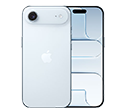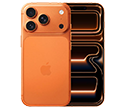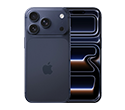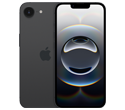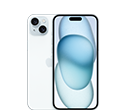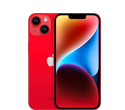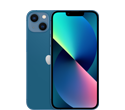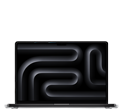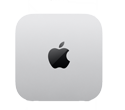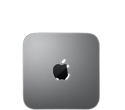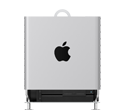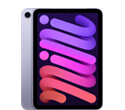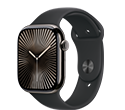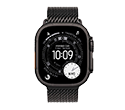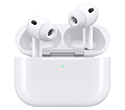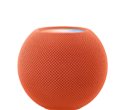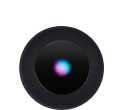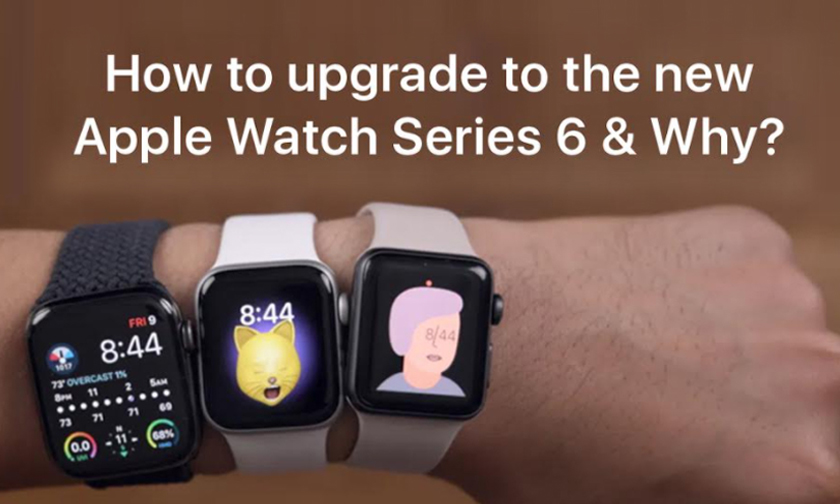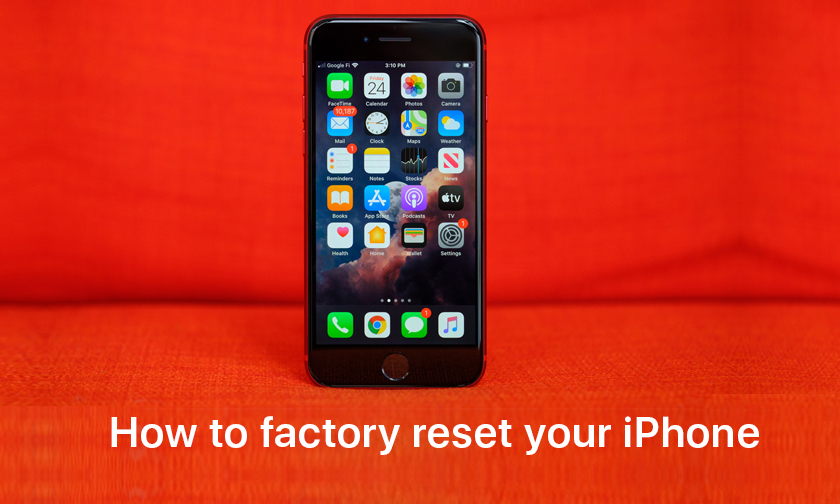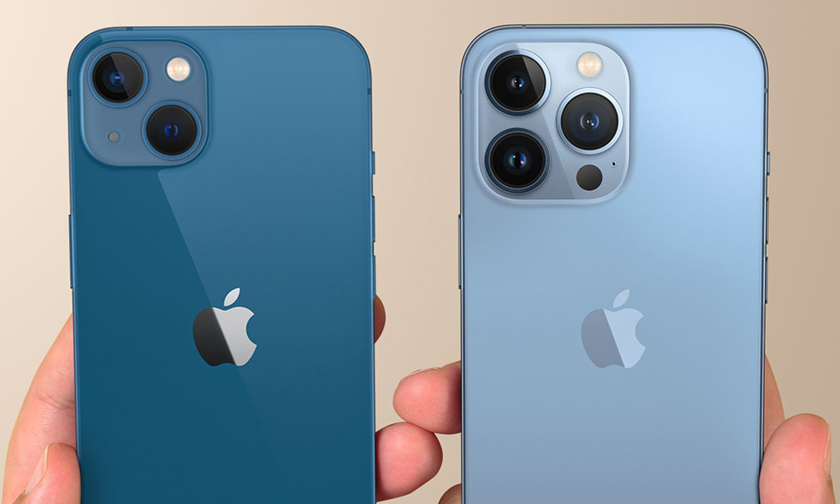
iPhone 13 vs iPhone 13 Pro: Which one is right for you?
If you're looking to buy a new iPhone in 2022, you have multiple options from which to choose. As has become the norm, the lineup is split into the iPhone 13 and iPhone 13 Pro. On the surface, the iPhone 13 and iPhone 13 Pro are very similar phones. They both feature a 6.1-inch display and the A15 Bionic processor inside, but look closer and you’ll notice some key differences.
If you're trying to make a buying decision between the iPhone 13 and iPhone 13 Pro, head below for everything you need to know about the iPhone 13 vs iPhone 13 Pro comparison.
Display
The iPhone 13 and iPhone 13 Pro feature 6.1-inch Super Retina XDR displays using OLED technology with a resolution of 2532 x 1170 pixels. This equals 460 pixels per inch. The iPhone 13 Pro, however, features a max brightness of 1000 nits, compared to the iPhone 13’s at 800 nits. For HDR content, however, both can reach a max brightness of 1200 nits.
There is one major difference between the iPhone 13 and iPhone 13 Pro displays: ProMotion technology. Exclusive to the iPhone 13 Pro, Apple’s ProMotion display technology brings adaptive refresh rates up to 120Hz to the iPhone for the first time. This means the refresh rate of the iPhone 13 Pro’s screen can scale between 10Hz and 120Hz depending on what you’re doing on your device.
In real-world usage, this should mean things like scrolling and animations are significantly smoother. ProMotion also makes the display more efficient because it can scale all the way down to 10Hz when you’re doing something such as reading.
Other display features on the iPhone 13 and iPhone 13 Pro include:
- 2,000,000:1 contrast ratio
- True Tone display
- Wide color gamut (P3)
- Haptic Touch
- HDR display
Design
In terms of design, the iPhone 13 and iPhone 13 Pro are similar, with flat edges and nearly edge-to-edge displays. Both devices also feature slightly smaller notches at the top, which measure in at roughly 20% smaller in terms of width.
One major difference is that the iPhone 13 is made out of what Apple refers to as “aerospace-grade aluminum” while the iPhone 13 Pro is made from “surgical-grade stainless steel.” This means that the iPhone 13 has a brushed aluminum finish, while the iPhone 13 Pro features a shiny stainless finish.
The difference in materials makes the iPhone 13 Pro slightly heavier than the iPhone 13. The iPhone 13 weighs in at 6.14 ounces (174 grams), while the iPhone 13 Pro weighs in at 7.19 ounces (204 grams).
The dimensions are the same between the iPhone 13 Pro and iPhone 13 :
- Height: 5.78 inches (146.7 mm)
- Width: 2.82 inches (71.5 mm)
- Thickness: 0.30 inches (7.65 mm)
The iPhone 13 and iPhone 13 Pro are both rated for IP68 splash, water, and dust resistance. Under this rating, the iPhone 13 and iPhone 13 Pro can withstand submersion to a maximum depth of 6 meters for up to 30 minutes.
Performance and battery life
The iPhone 13 and iPhone 13 Pro are both powered by an A15 Bionic processor, packing a 6-core CPU with 2 performance and 4 efficiency cores. The A15 Bionic processor also features a new 16-core Neural Engine to power machine learning and artificial intelligence tasks.
One difference between the iPhone 13 and iPhone 13 Pro is that the former features a 4-core GPU, while the latter features a 5-core CPU. It remains to be seen what kind of difference this leads to in real-world performance, but it is a notable change for Apple to be segmenting the iPhone 13 lineup in this way for the first time.
Apple has not made any changes to the RAM configuration this year, with the iPhone 13 packing 4GB of RAM and the iPhone 13 Pro packing 6GB of RAM.
iPhone 13 battery estimates:
- Audio playback: 75 hours
- Video playback (streamed): Up to 15 hours
- Video playback: Up to 19 hours
iPhone 13 Pro battery estimates:
- Audio playback: 75 hours
- Video playback (streamed): Up to 20 hours
- Video playback: Up to 22 hours
Both devices support fast charging, for getting up to a 50% charge in 30 minutes with a 20W power adapter. There’s also support for 7.5W Qi wireless charging and 15W wireless charging when using a MagSafe wireless charger.
Camera
Where you really start to notice differences between the iPhone 13 and iPhone 13 Pro, however, is the camera technology. The iPhone 13 features a dual 12MP camera system with Wide and Ultra Wide cameras on the back. On the front, you’ll find a 12MP f/2.2 aperture selfie camera.
Here are the full camera features for the iPhone 13:
- Dual 12MP camera system: Wide and Ultra Wide cameras
- Wide: ƒ/1.6 aperture
- Ultra Wide: ƒ/2.4 aperture and 120° field of view
- 2x optical zoom out
- Digital zoom up to 5x
- Portrait mode with advanced bokeh and Depth Control
- Portrait Lighting with six effects (Natural, Studio, Contour, Stage, Stage Mono, High?Key Mono)
- Sensor?shift optical image stabilization (Wide)
- Seven?element lens (Wide); five?element lens (Ultra Wide)
- True Tone flash with Slow Sync
- Panorama (up to 63MP)
- Sapphire crystal lens cover
- 100% Focus Pixels (Wide)
- Night mode
- Deep Fusion
- Smart HDR 4
- Photographic Styles
- Wide color capture for photos and Live Photos
- Lens correction (Ultra Wide)
- Advanced red?eye correction
- Auto image stabilization
- Burst mode
- Photo geotagging
- Image formats captured: HEIF and JPEG
Meanwhile, the iPhone 13 Pro features a triple-lens camera system on the back plus a LiDAR Scanner. The triple-lens camera setup features Telephoto, Wide, and Ultra Wide cameras. On the front, you’ll find the same 12MP camera with an f/2.2 aperture.
Here are the full camera features for the iPhone 13 Pro:
- Pro 12MP camera system: Telephoto, Wide, and Ultra Wide cameras
- Telephoto: ƒ/2.8 aperture
- Wide: ƒ/1.5 aperture
- Ultra Wide: ƒ/1.8 aperture and 120° field of view
- 3x optical zoom in, 2x optical zoom out; 6x optical zoom range
- Digital zoom up to 15x
- Night mode portraits enabled by LiDAR Scanner
- Portrait mode with advanced bokeh and Depth Control
- Portrait Lighting with six effects (Natural, Studio, Contour, Stage, Stage Mono, High?Key Mono)
- Dual optical image stabilization (Telephoto and Wide)
- Sensor?shift optical image stabilization (Wide)
- Six?element lens (Telephoto and Ultra Wide); seven?element lens (Wide)
- True Tone flash with Slow Sync
- Panorama (up to 63MP)
- Sapphire crystal lens cover
- 100% Focus Pixels (Wide)
- Night mode
- Deep Fusion
- Smart HDR 4
- Photographic Styles
- Macro photography
- Apple ProRAW
- Wide color capture for photos and Live Photos
- Lens correction (Ultra Wide)
- Advanced red?eye correction
- Photo geotagging
- Auto image stabilization
- Burst mode
- Image formats captured: HEIF and JPEG
Video recording
In terms of video recording, both the iPhone 13 and iPhone 13 Pro support up to 4K video recording at 24 fps, 25 fps, 30 fps, or 60 fps as well as HDR video recording with Dolby Vision up to 4K at 60 fps. Both devices also feature Cinematic mode for recording videos with shallow depth of field at 1080p at 30 fps.
One notable difference, however, is that the iPhone 13 Pro packs support for Apple’s ProRes video recording standard at up to 4K at 30 fps (1080p at 30 fps for 128GB storage). This is a major feature for professional videographers looking to get the highest quality and lowest compression possible.
Tags : IPhone IPhone13 IPhone13Pro Apple
Author : idelta
Search
Recent Posts

iDelta | All rights reserved





